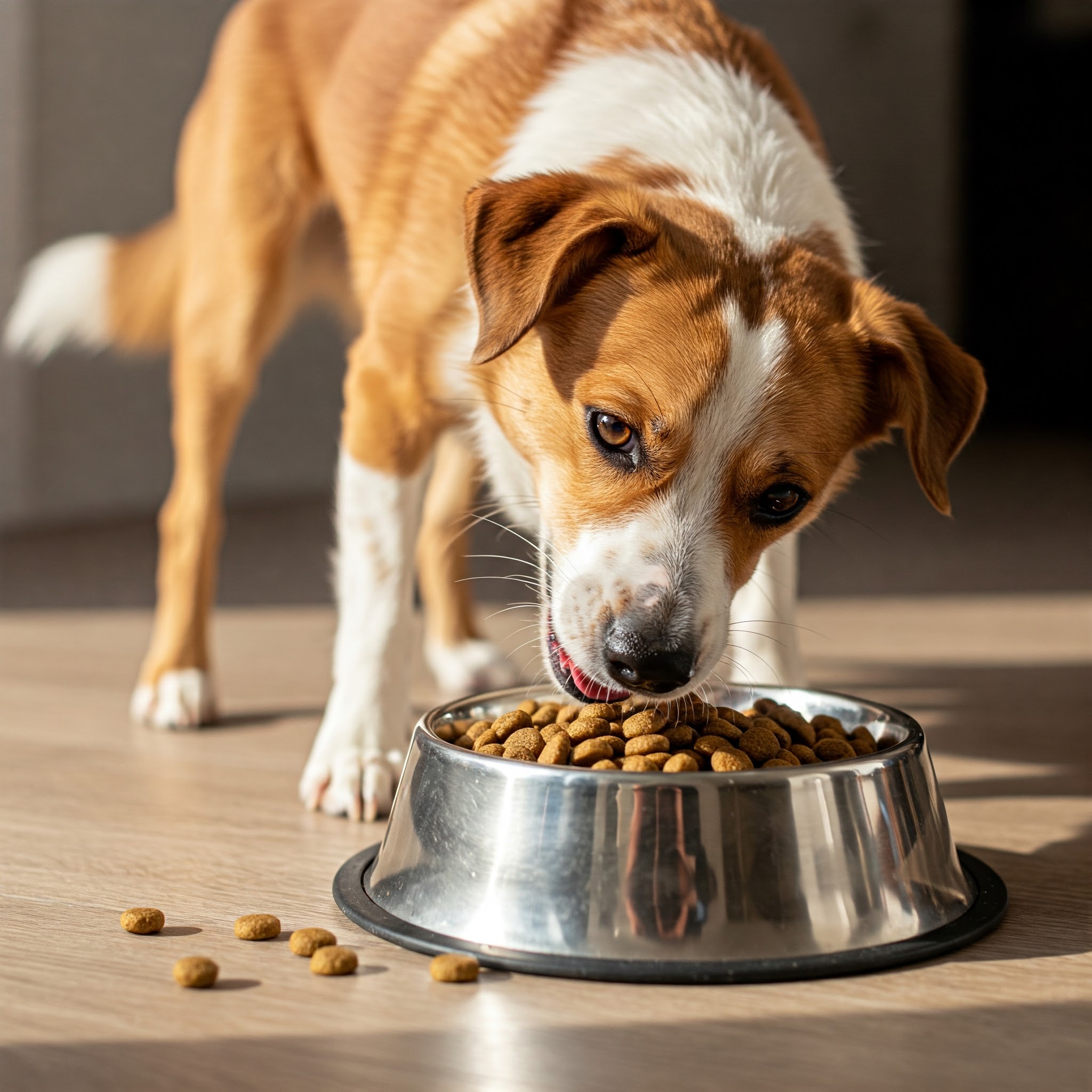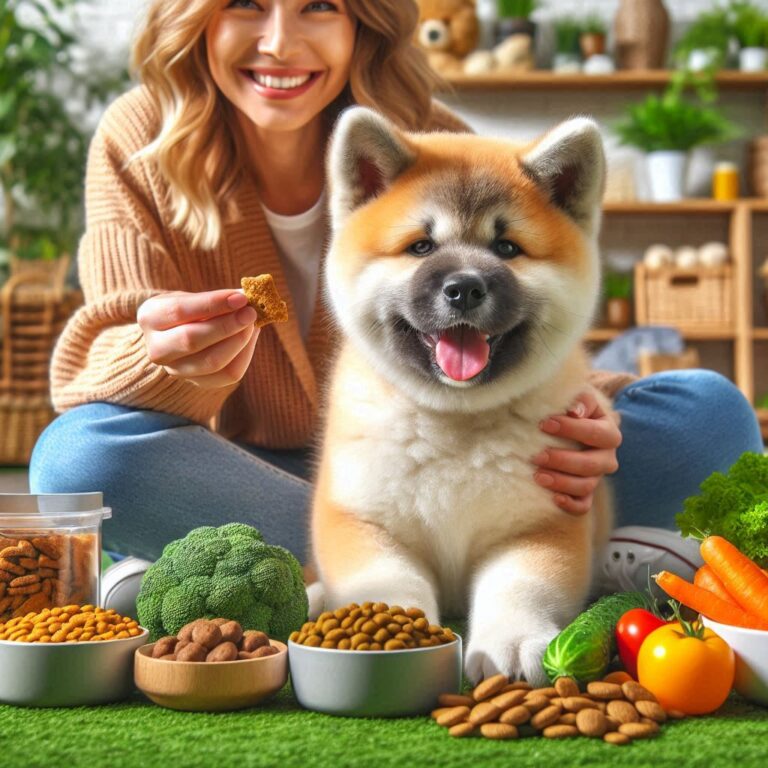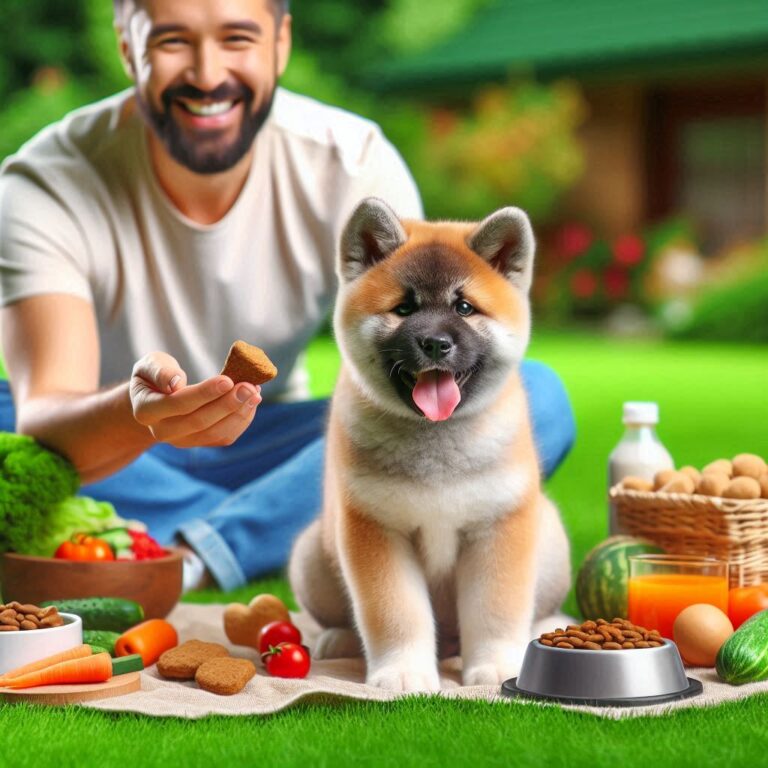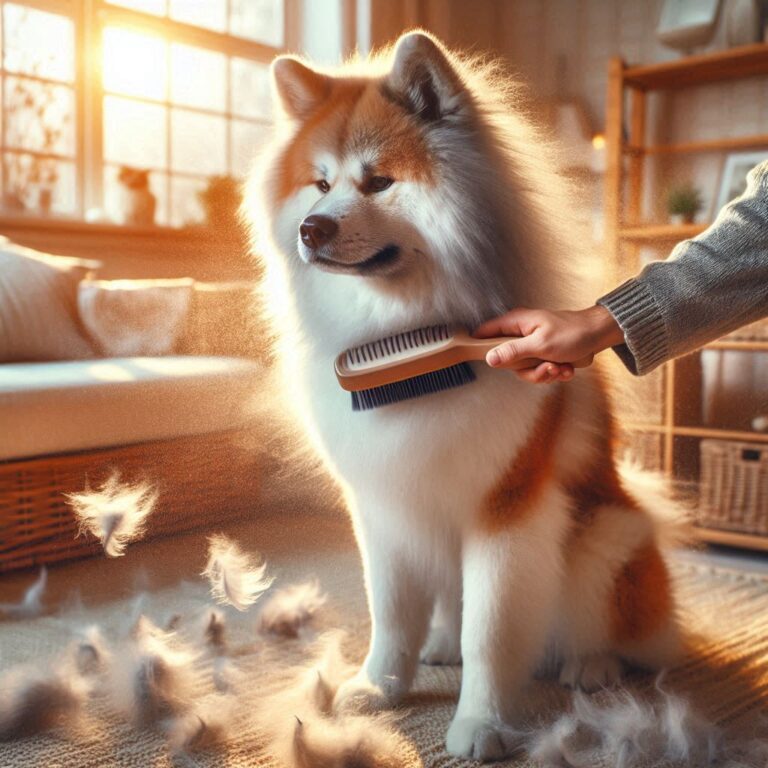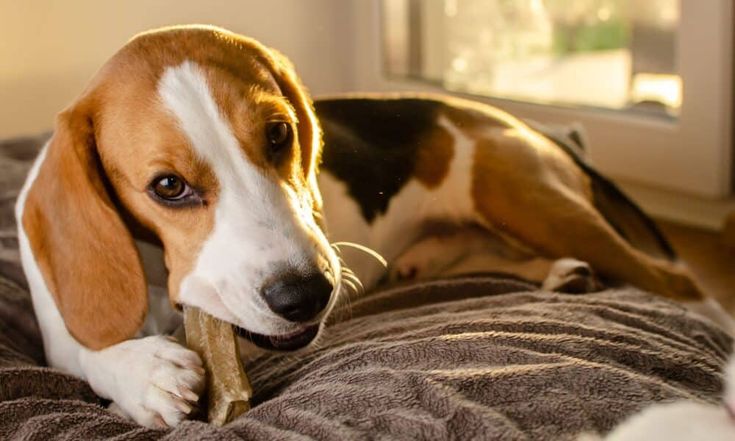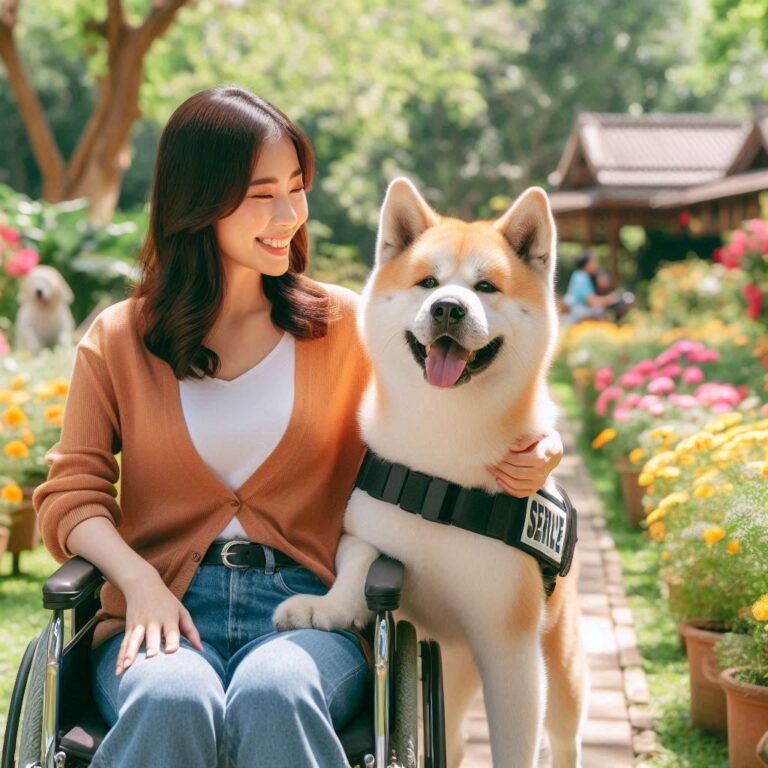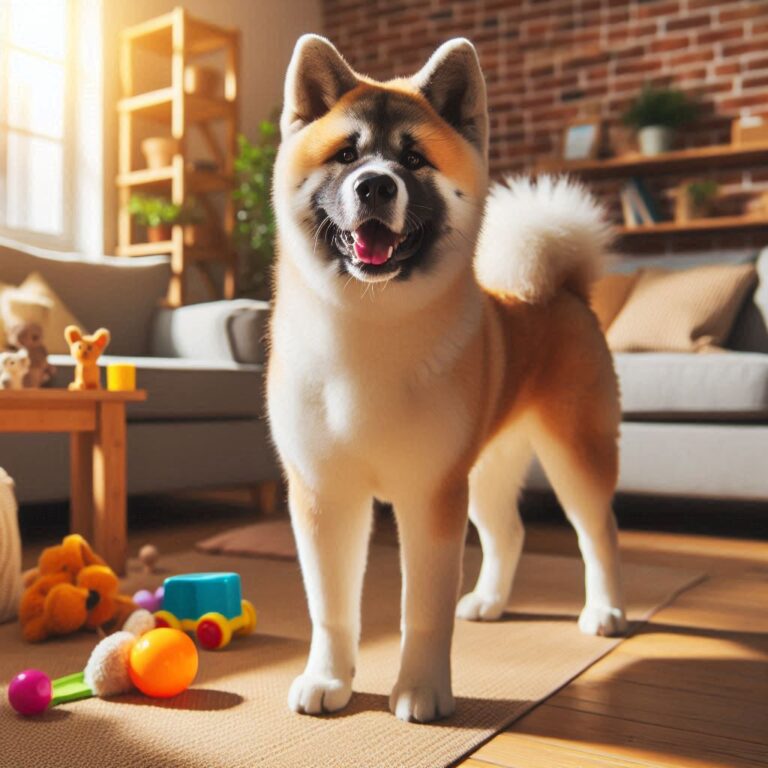How Can I Get My Dog to Eat Dry Food
There’s a bowl of dry food sitting there. Full. Untouched. You rattle it a bit. Call your dog. He walks over, sniffs it… and walks away like you just insulted his ancestors.
Meanwhile, the moment you open a tin of wet food or drop a piece of chicken from your plate, he’s right there, tail wagging, eyes begging. You start to wonder—what’s wrong with dry food? Why won’t he just eat it?
You’re not alone. Getting a dog to eat kibble—especially after they’ve tasted better—can feel like a battle. But it doesn’t have to be a war. In this article, we are going to walk through the steps as we help you to understand why your dog might be acting like a picky foodie.
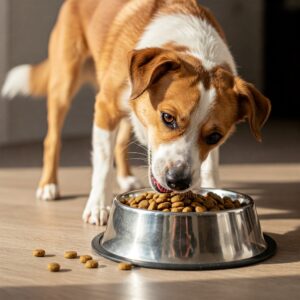
Steps on How to Get Your Dog to Eat Dry Food
Dry food is convenient. It’s cleaner. It lasts longer. It’s usually more affordable. But none of that matters if your dog turns his nose up at it. If you want to change that, here is how to do so:
1. Mix It Gradually With Wet Food
Don’t switch cold turkey. Start by mixing a small amount of dry food into their regular wet food. Gradually increase the kibble and reduce the wet food over a week or two.
Let the smell of the wet food coat the dry bits. Your dog will begin to accept the change without a fight.
2. Add Warm Water or Low-Sodium Broth
Sometimes it’s not about the taste. Your dog’s rejection may be about the texture. Add a little warm water or low-sodium chicken broth to soften the dry food and make it smell more appealing. It creates a warm, mushy blend that often wins them over.
Bonus tip: Let it sit for a few minutes before serving so the flavors soak in.
3. Stick to Scheduled Mealtimes
Leave the food out for 15 to 20 minutes. If they don’t eat it, take it away. No treats. No snacks. Just wait till the next mealtime. Dogs are clever, but hunger is persuasive. With time, they’ll learn that kibble is what’s on the menu.
Consistency matters more than we think. If food is always available, there’s no urgency. Let them understand that food has a time—and it won’t always wait.
4. Don’t Overdo the Treats
Dogs fill up fast. A couple of treats here, a leftover there—and suddenly, dry food doesn’t look that important. Keep treats minimal during this transition. Let their hunger return naturally.
5. Use Kibble as Rewards During Play or Training
Turn it into a game. Use dry food during training or hide it inside puzzle toys. When your dog connects kibble with something fun or rewarding, the resistance starts to fade.
Dog Stopped Eating Dry Food but Eats Wet Food: Causes and Solutions
Your dog is a sucker for dry food and he suddenly stops but his wet food servings get consumed. You wonder why you dog stopped eating dry food but eats wet food. The following are some of the causes. After which I will provide solutions.
Cause #1: Dental Problems
Dry food requires more chewing. If your dog has sore gums, bad teeth, or is aging, kibble might hurt. Wet food is easier to eat, so they prefer it.
Check their mouth. If you notice bad breath, drooling, or they flinch when eating, it could be pointers to a dental issue. You should see a vet.
Cause #2: Taste Preference
Kibble can be bland compared to wet food. Wet food is richer, smellier, more “real” to them. Once they’ve had it, they might lose interest in the dry stuff.
Try different kibble flavors. Some are fish-based, some chicken or beef. Some have freeze-dried coatings or higher meat content. A flavor switch can revive their interest.
Cause #3: Spoiled or Stale Food
If the bag’s been open too long or stored badly, the kibble might smell “off.” Your dog knows. He won’t touch it.
You should store kibble in an airtight container. Always check the expiry date. Buy smaller bags if you don’t go through them quickly.
Cause #4: Behavioral Manipulation
Your dog may have learned something powerful that is, if he doesn’t eat this, you’ll bring out something better. The solution to this is to stay firm. Go back to scheduled meals. No rewards for skipping. Mix it gradually again if needed—but don’t give in every time.
Why Your Dog Will Not Eat His Food but Would Eat Human Food?
Why won’t my dog eat his food but would eat human food? Well, there are reasons and you can see them below:
Reason #1: Your Food Smells Better
Let’s face it—our meals are seasoned, cooked, warm, and full of flavor. Kibble isn’t. If your dog has tasted your food often, he now sees it as the “real deal.”
Fix: Cut the habit. Stop giving them your food at all. Make your food off-limits. Return to strict feeding routines.
Reason #2: He’s Trained You, Not the Other Way Around
Dogs are smart. If refusing food gets them a piece of your chicken or jollof rice, they’ll keep refusing. It becomes a cycle. You panic, they benefit.
Fix: Break the cycle. Offer only their food. Stick to mealtimes. Stop the table scraps.
Reason #3: Digestive Reactions to Human Food
You might not even notice it, but your food could be upsetting your dog’s stomach. Spices, salt, oil—all those add up. Your dog might not feel great after, but he’ll keep asking because, well, it tastes good.
Fix: Don’t wait until there’s vomiting or diarrhea. Go back to dog-safe meals and talk to your vet if the issue continues.
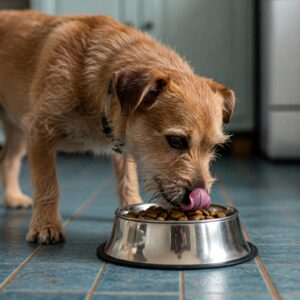
Final Thought
Your dog isn’t broken. He’s just become a little too picky—or too used to comfort. And really, who can blame him? We’d all prefer grilled chicken to dry cereal too.
But dogs need balance. Nutrition. Structure.
Getting your dog back on dry food takes patience, firmness, and a few clever tricks. No yelling. No panic. Just understanding what’s going on and adjusting from there.
You’re not alone in this. And your dog? He’ll be just fine—with the right nudge, the right food, and the right heart behind it.
- Best Dog Car Seat For French Bulldog - October 1, 2025
- How to Prevent Scratches on Hardwood Floors from Dogs - October 1, 2025
- How To Protect Hardwood Floors From Scratches - October 1, 2025
